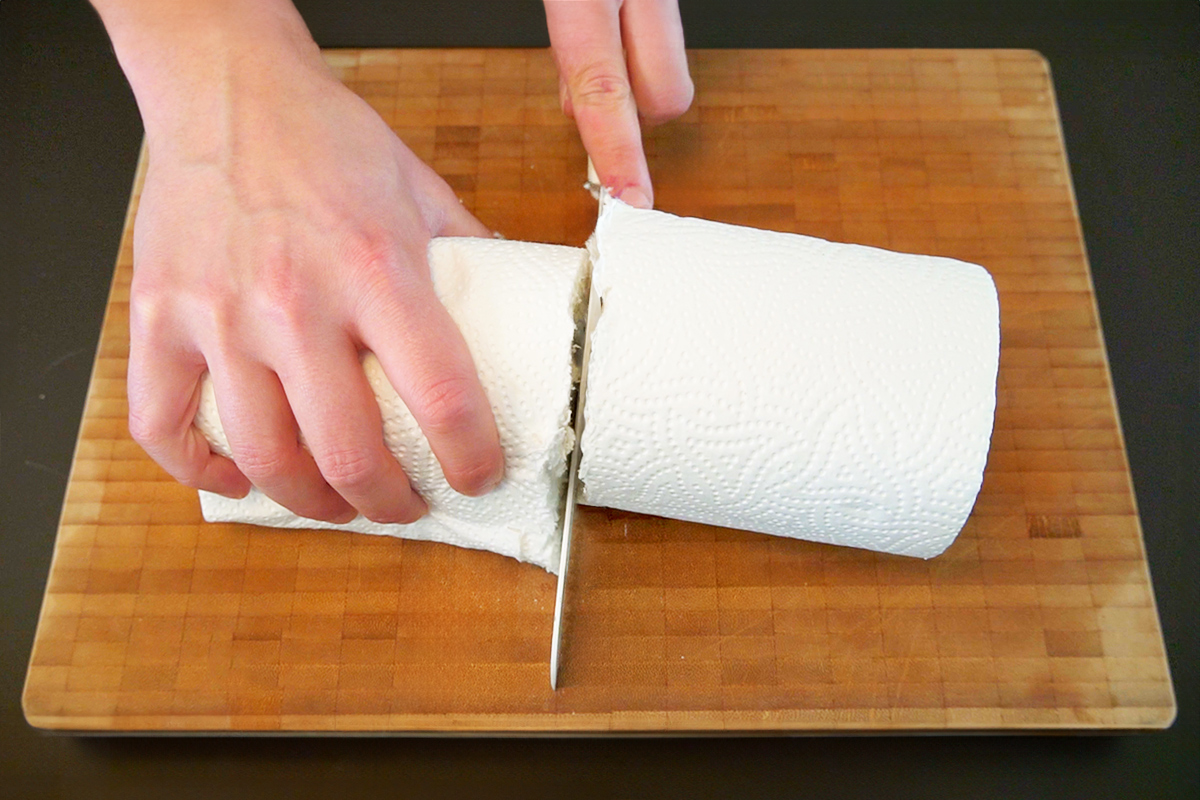Do you ever get the sense that your Botox, Xeomin, Dysport, or Jeuveau injections just aren't working like they used to? Sometimes, it’s a case of perception — as our baseline or new normal regarding visible fine lines shifts with continued treatment, so can our idea of what’s working in aesthetics. But research shows that neuromodulators' fizzling effects can be very real in some cases. Take a meta-analysis published in Aesthetic Surgery Journal (the official publication of The Aesthetic Society) by Dr. Eqram Rahman, MBBS, M.S., Ph.D., a researcher who studies minimally invasive aesthetics and aesthetic surgery. It shows that over time, the immune system can recognize neurotoxins as foreign substances and respond by creating antibodies to neutralize its effects, which can reduce treatment efficacy.
While it’s uncommon, this triggered response in the body (known as immunogenicity to neurotoxin) “tends to occur more frequently in patients who receive frequent or high doses of neuromodulators, whether for aesthetic reasons or therapeutic treatments, such as migraines or hyperhidrosis,” Dr. Rahman says. But even those who are more moderate with their neuromodulator injections aren’t immune to immunogenicity. “Though repeated, high-dose exposure [of botulinum toxins] increases the likelihood of the body developing antibodies, immunogenicity can develop even when low doses are used, due to individual immune system differences,” he says. Meanwhile, recent studies suggest that some may have a genetic predisposition to developing antibodies against neuromodulators.
In some cases, immunogenicity can mean that a higher dose of a neurotoxin is needed to achieve results on par with previous treatments (in terms of degree or duration of efficacy). But overriding your body’s triggered response isn’t as simple as upping dosage — or even using a different drug altogether. “Switching from one neuromodulator to another may not be effective due to the ‘class effect,’meaning the immune system’s antibodies target the core protein of the neurotoxin, which is similar across different products,” Dr. Rahman says. “Therefore, the immune response may persist regardless of which neuromodulator is used.”
So, what’s the best way to address such immunogenicity — or avert it altogether? The researcher and others suggest cutting the frequency of treatments or dosage of botulinum toxins to minimize the risk of triggering an immune response. “Fewer injections can reduce immune stimulation and antibody formation,” Dr. Rahman says. “Spacing out injections allows the immune system time to reset, lowering the chance of antibody development.” Though recommendations vary, Dr. Rahman says taking botulism toxin breaks of at least three to six months (and up to a year) is commonly suggested to reduce the risk. If you want to reduce fine lines during these breaks, researchers suggest boosting collagen and elastin production by way of other aesthetic treatments aimed at addressing wrinkles, such as lasers, microneedling, radiofrequency, biostimulators, and other energy-based options.
This article is for general informational purposes only.
Affiliate Disclaimer Medical Disclaimer
















 Unique Beauty is free for all users.
Unique Beauty is free for all users.